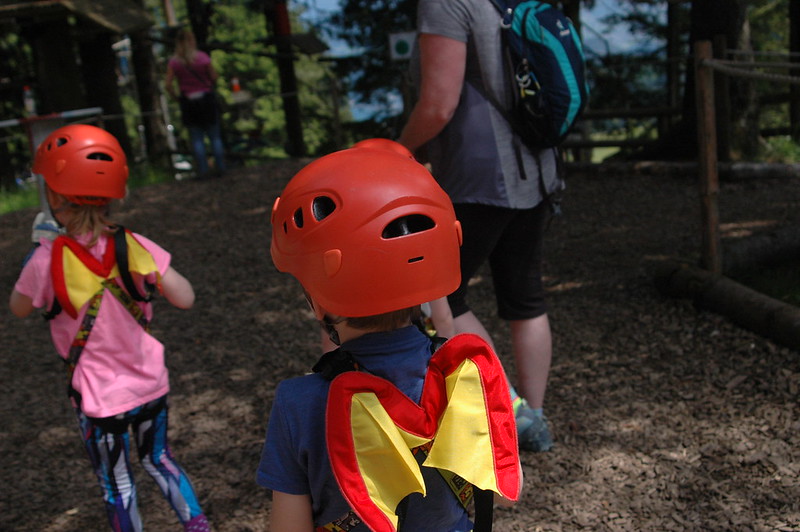Blog
-
My Garment Design Process - Baltimore City Community College 2023 Fashion Show
-
I need to Update my Saved Wi-Fi Access Points
-
Prepping a La Frite SBC AML-S805X-AC to Work for OctoPrint

Goal
In this post, I’ll show you how to get a Libre Computer La Frite SBC ready for using with OctoPrint.
-
Important elements of a Reflective Design Discussion
In order to run a reflective design discussion, we need to approach each problem as a unique case. The wrong problem is often identified by the students and we need to discover the features of the problematic situation. The problem is almost always a framing problem and not a solution problem. teacher gives an “artistic” performance of the complex knowledge and inventory and reframing. The process goes as follows listen to the student ideas, help reframe the problem, discuss a new frame for the problem, allow the student to make discoveries, and then allow the student present their ideas again and repeat this loop as necessary.
-
Exporting Content from Publii to Jeckyll
In this tutorial, we’ll export Publii data and put it into basic Markdown for use in Jeckyll.
-
Design Thinking
Here’s a thing I recently wrote about design thinking.
-
I made an apron that turns into a bag to carry my sewing stuff for class
-
Becoming the Parsons Professor of Digital Innovation at the University of Baltimore
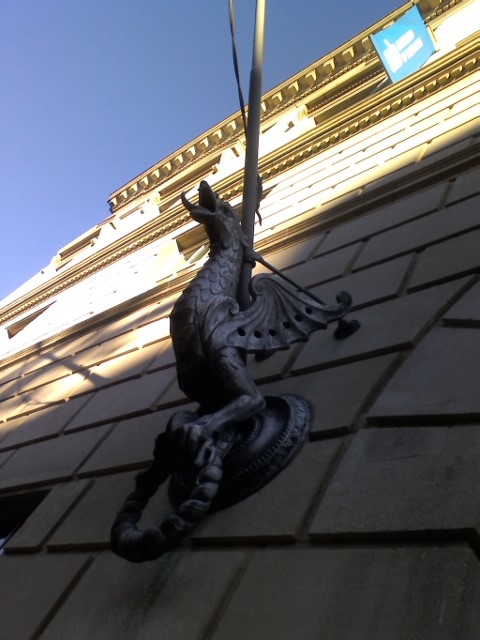
I have been named the Parsons Professor of Digital Innovation at the University of Baltimore! I’m very excited about this opportunity and have some big ideas on how we can continue to make UBalt be the one of the best Universities in the region (especially for Design but I digress). After being appointed, I was asked to do a Q&A with our University communications group and have posted it, unedited, here.
-
I Asked AI to Explain What Interface Designers Can Learn from Fashion Designers
I asked OpenAI’s ChatGPT, “What can interface designers can learn from fashion designers?” This is its response:
-
Remember the time I made a blog?
🤷♂️
-
The Placebo Button
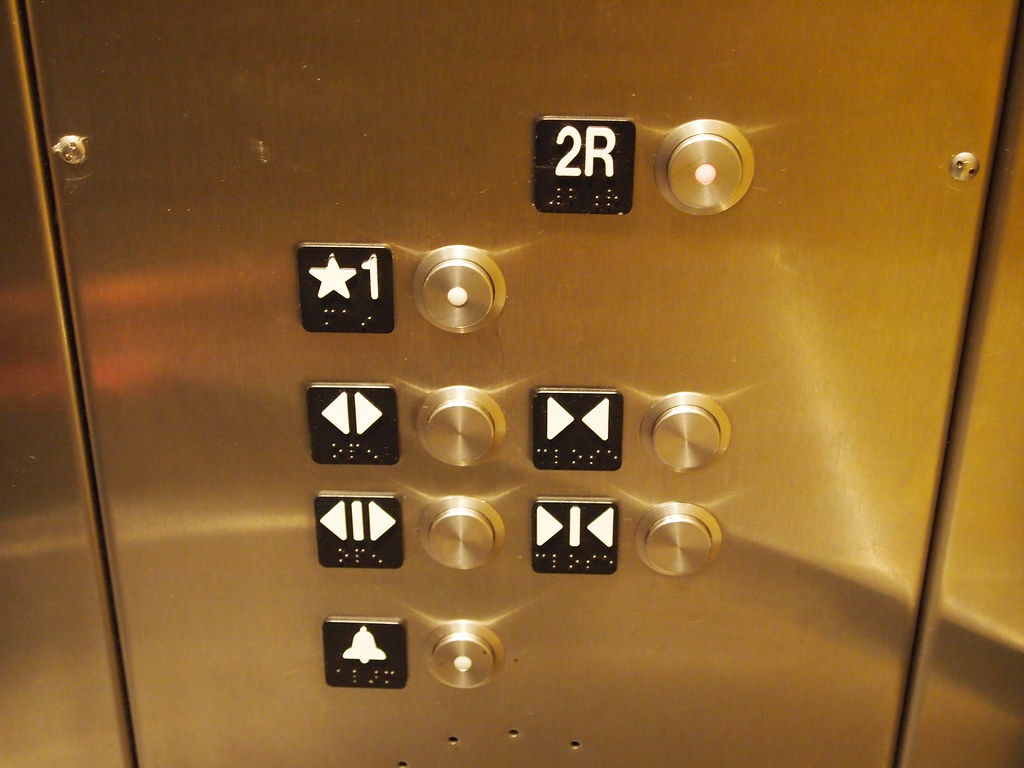
Over the summer, a former student “interviewed” me over e-mail about placebo buttons. If you’re unaware, placebo buttons are buttons that don’t actually do anything and are instead used to make a person feel in control of the situation. The most commonly referenced buttons are elevator close buttons (they just close on their own) and pedestrian press-to-cross buttons at intersections. Patrick did a small, informal study that he wrote about at EXBERLINER entitled Idiot buttons: The brutal truth about Berlin’s pedestrian crossings. He found this:
-
Revisiting Saga Walk
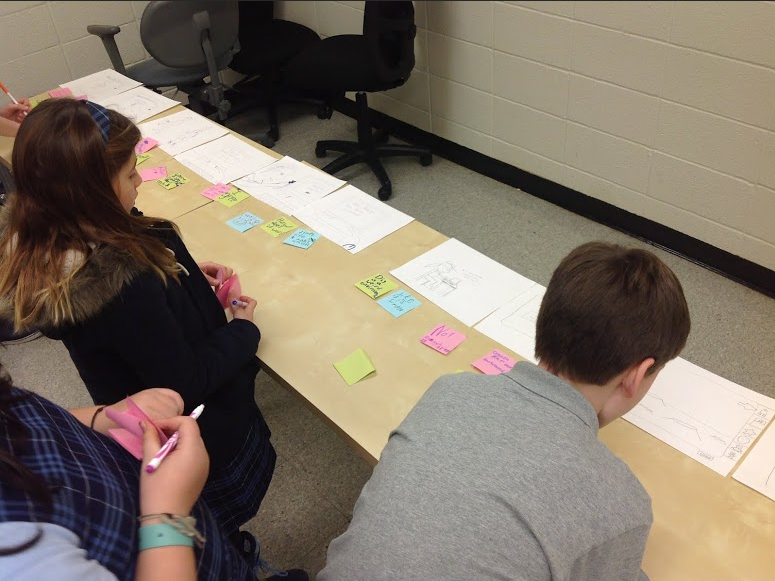
One of the lost papers that never got published was our work on a co-design technique we called “Story Walk”. After tweeting about it, we were contacted by a very angry librarian who said she owned the name “Story Walk” and we either owed her money or we needed to change our name…hence, Saga Walk.
-
Forecasting Fashion
The future of fashion looks green…not like the emerald, but in environmental sustainability. The use of reclaimed materials, reduction in seasonality, the adoption of a slower cycle will all contribute to the fashion trends over the next five years.
-
ARTH201: Summer 2021 Final Group Project
ARTH201: Summer 2021 Final Group Project from Greg Walsh on Vimeo.
-
The Crisis of Modernity
James Ensor
-
The Avant Garde
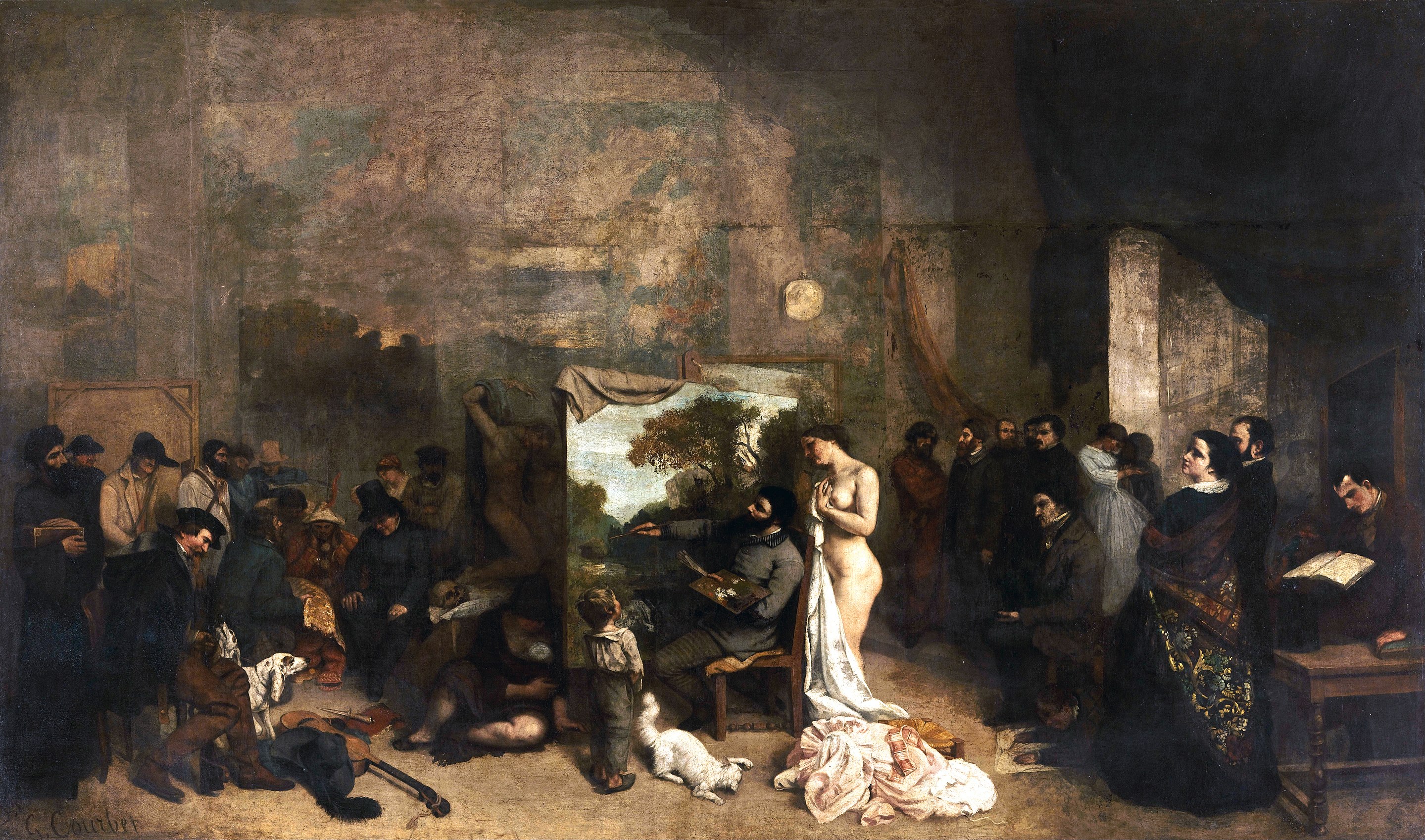
I have had to take art and art history classes in each stage of my educational journey: my general educational requirements and first degree major (mass communications), as general education in my new pursuit of studying fashion design, and a source material for that degree. In all of those years, I’ve never really seen the delineation of craftsman and artist that the Invention of the 19th-Century French Avant-Garde illuminated. In this essay, I see a clear marker when those Renaissance craftsmen doing technical work we now consider art were replaced with artists whose vision and message came before the technical achievement.
-
The Archive
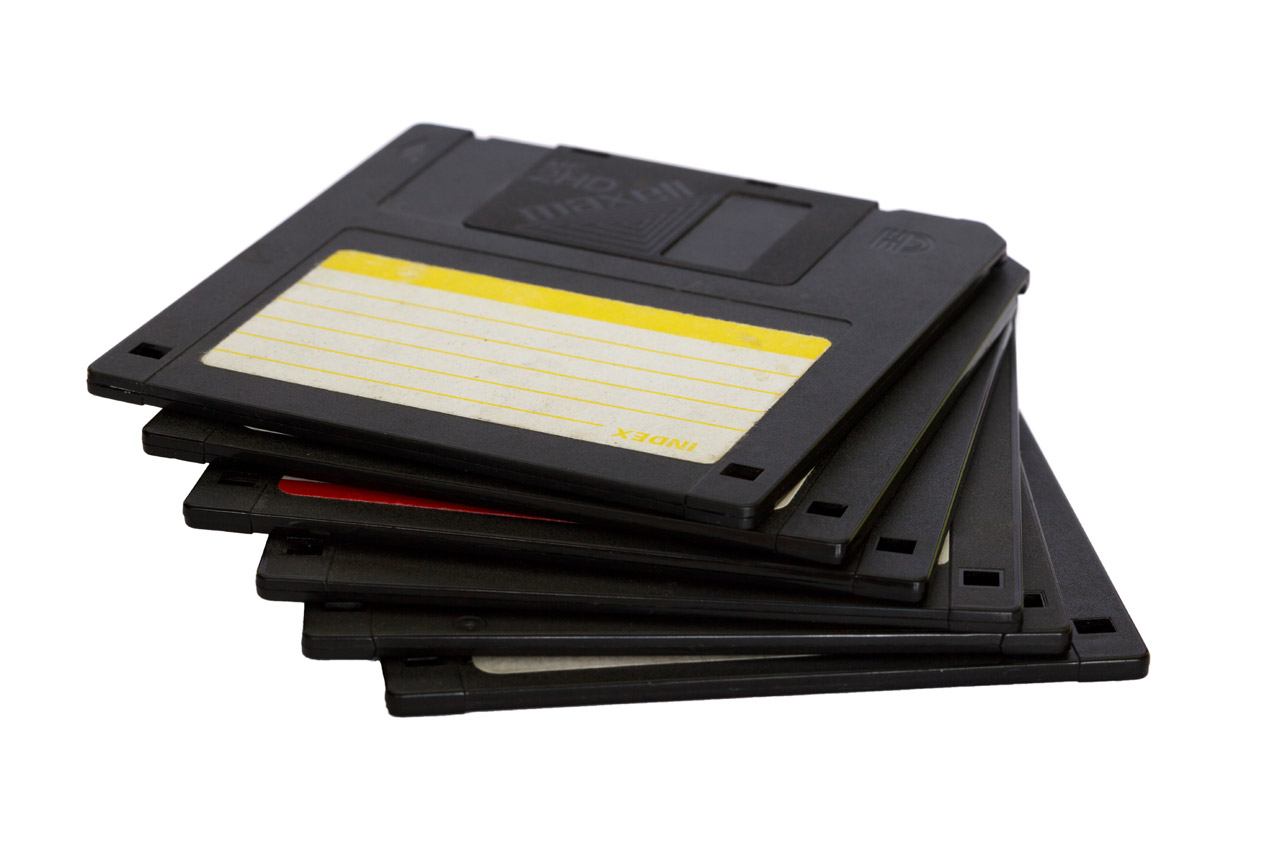
In order to maintain a blog for 19 years, one has to be flexible. My first blog used Radio UserLand followed by Blogger on my UMBC account and then Blogger on blogger.com, hosted Wordpress and then maybe Wordpress on my site that got hacked. I eventually rewrote something like Radio UserLand in Python to blog from the command line and then rewrote the interface to those tools in C# in order to practice making a MacOS app. While I learned a lot, I’ve settled on the Open Source Publii to write my blog now. It creates flat files, sitemaps, tag lists but keeps it database free on the site.
-
Art & Politics
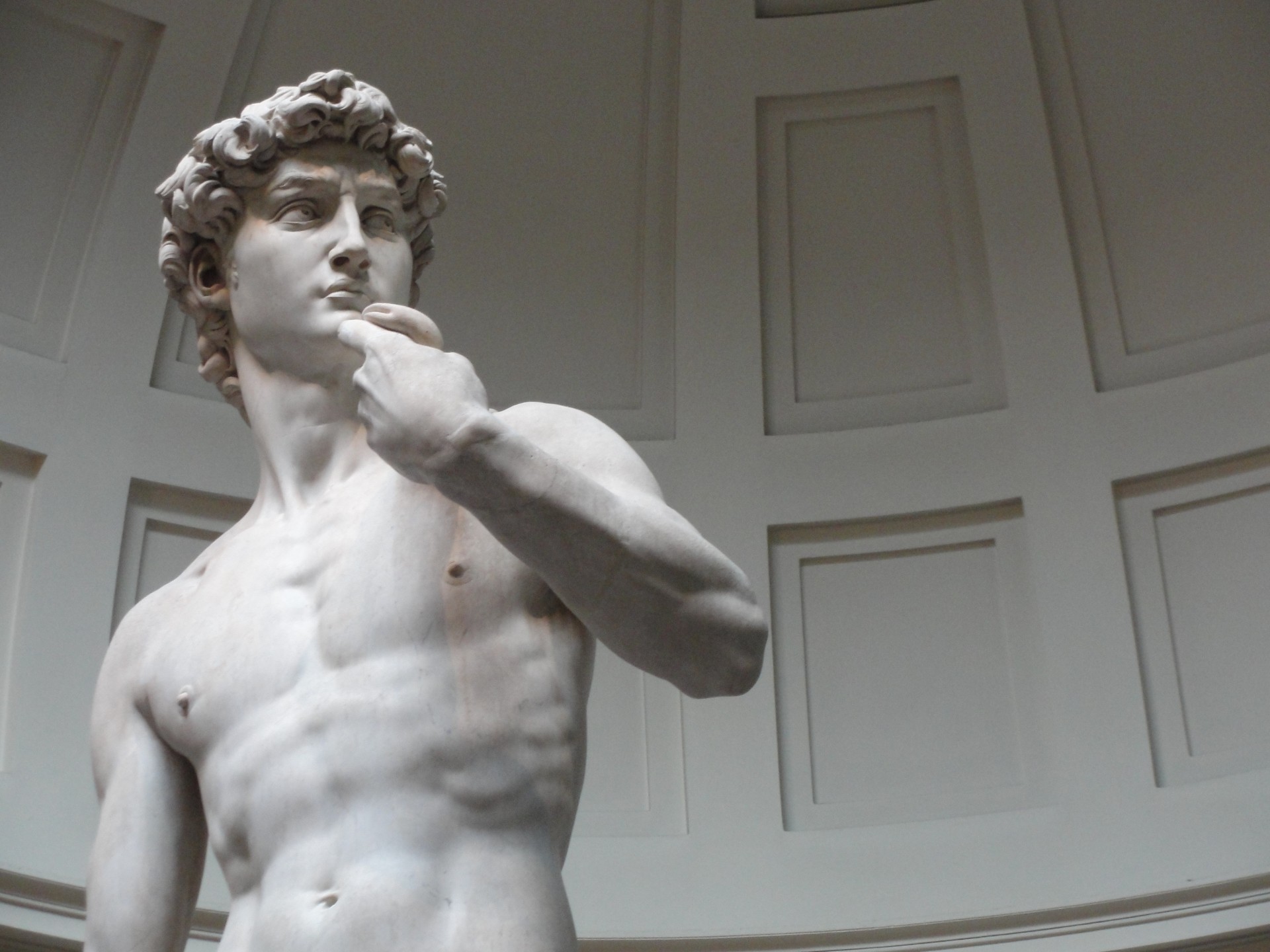
Over the summer, I became more familiar with the socio-political structures that heavily influenced the work of the Italian Renaissance artists. In particular, the outsized influence of the Medici in the Republic of Florence. The Medici family came into their fortunes through banking and used those fortunes to “control” the area. Lavin (“David’s Sling and Michelangelo’s Bow”) writes that David, besides being an abstract autobiography of Michaelangelo overcoming the difficulties of working with that piece of marble, is actually a commentary on the “Medici-Goliath” (Lavin, 1990 p.140). This Goliath was a threat to the Republican nature of Florence that Michelangelo supported. With all of this political meaning overflowing from the statue, I’m not sure that most contemporary Florentines would have understood the message of David beyond the basic biblical reference.
-
What is Art? and Renaissance Painters were Just Web Designers
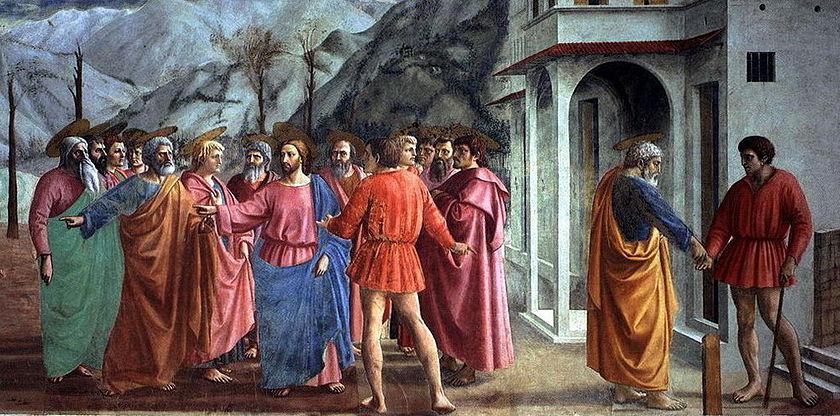
I have come to believe that art is a patina on deliberate, creative craft. Not all art begins as art and works that are intended to be art may not turn out as such. I also believe that craft becomes art within and outside of the context of the artifact; in order to understand the artifact, it is important to understand its context.
-
Ambiguous Constraints
I have a hunch design as a profession would go a lot farther if more designers embraced ambiguous constraints.
— Raphael Arar (@rarar) February 16, 2021 -
The 15 Minute City

-
Building My Own 3D Printer
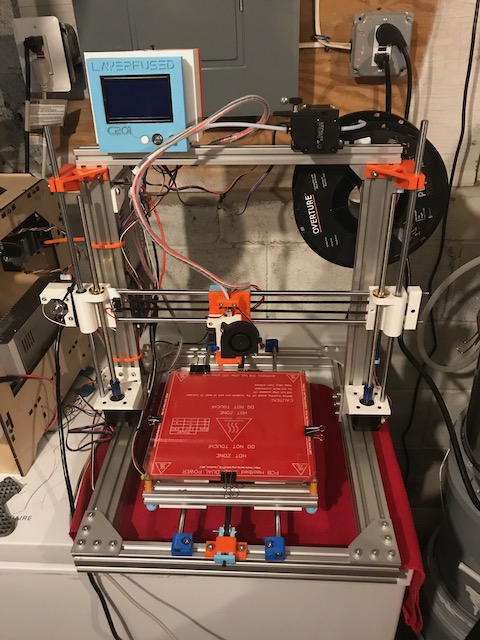
I have been using a Monoprice MPSelect Mini for four years as my main 3D printer. It is a great printer but has a very small print bed. One of the things I’d like to do is print larger objects to mix fashion design and interaction design, so, I’d like a 1m cube printer. However, those don’t exist and I knew I’d have to build it myself. Having no experience with “building” 3d printers, I decided to follow an online tutorial and create one from scratch.
-
Markdown Example Post
This is a second example of **markdown**. This is another paragraph.
-
Tool kit for Co-Design with Kids
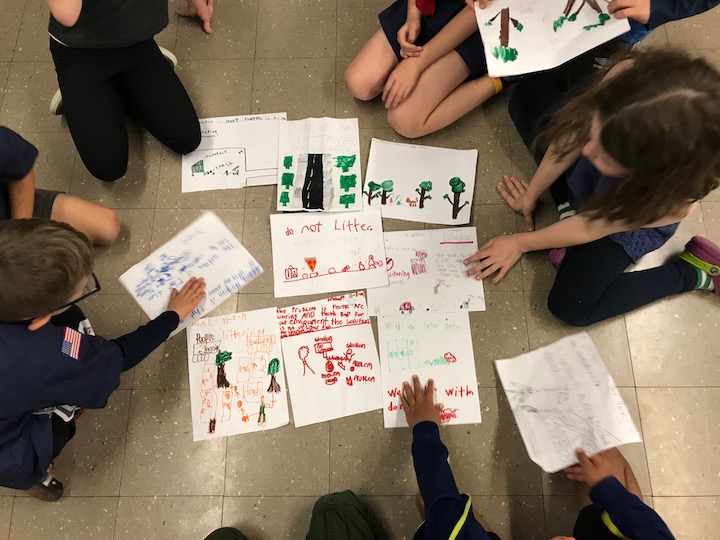
The University of Baltimore’s Digital Whimsy Lab is proud to announce the release of our KidsTeam Co-Design Toolkit. This toolkit can aid design teams in the creation of co-design activities that enable children and adults to work together. Even though the original target audience was libaries and librarians, we think the content is a valuable resource for any team that wants to design with kids and aren’t sure where to start.
-
I Made This: Marker Holder for your Board
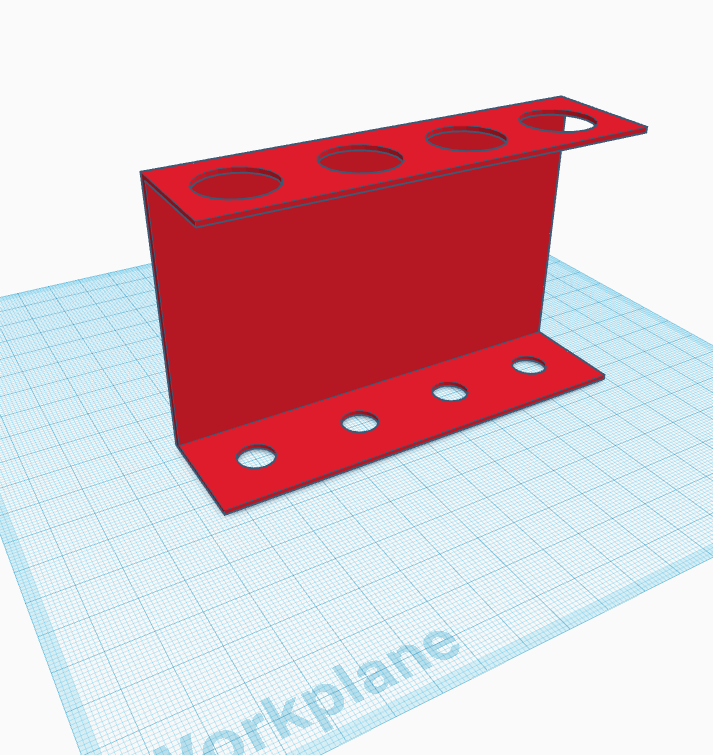
I’ve been reconfiguring my desk to accomodate my research, design, and teaching work. One of the favorite features of my home office is the
-
An Old Article Not Up to Date and No One Needs
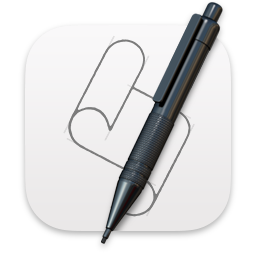

-
One of my Favorite Examples of Kid-Centric Design
-
Using Tiddly Wiki as a Research Tool
One of the most frustrating things as a researcher is keeping all of my sources and references organized. Fortunately, I’ve been using the BibTex format for some time and have minimized loosing sources once I have them. One of my colleagues at UMD posted this:
-
2021 Goals
I hope that I am able to acheive these goals in 2021:
